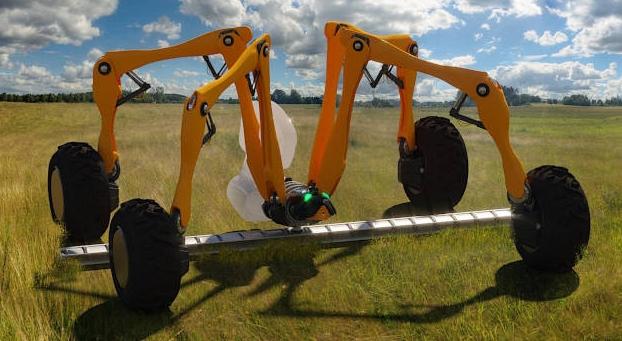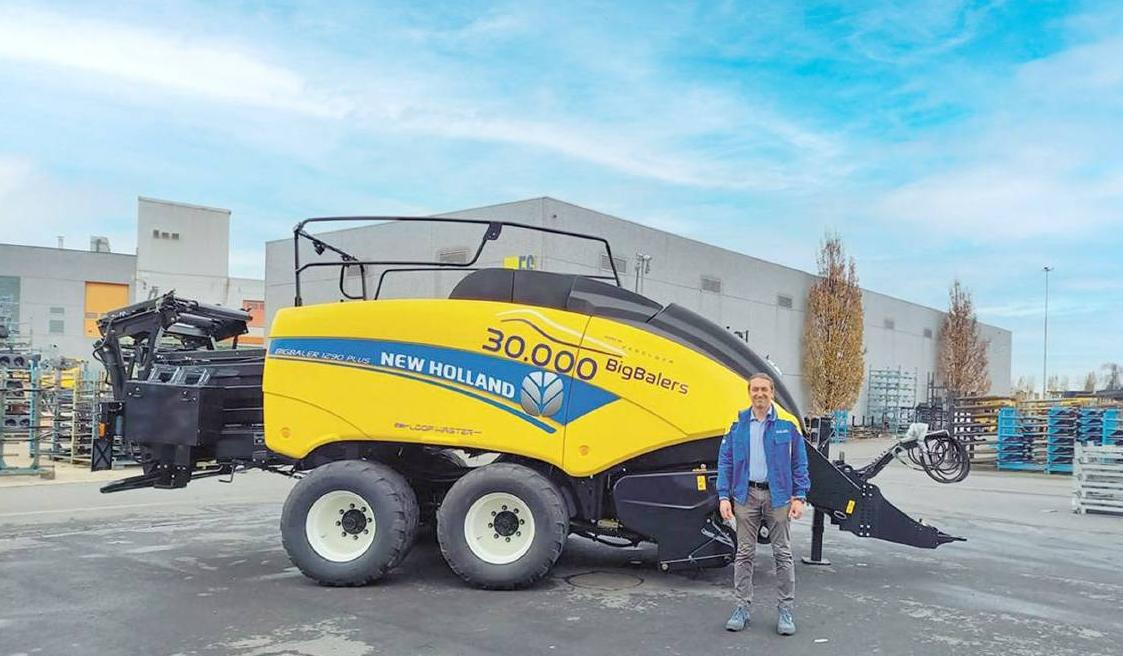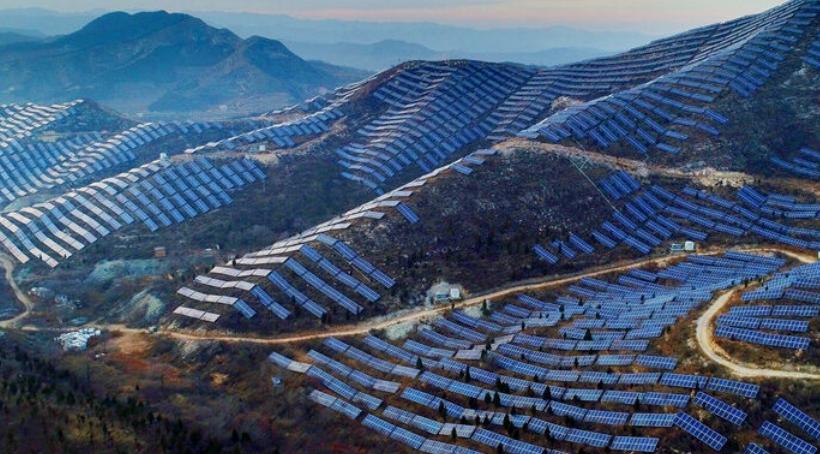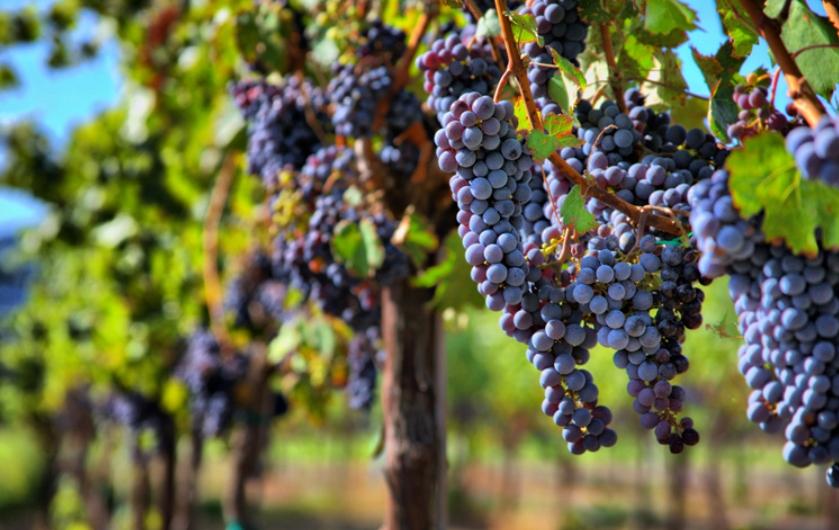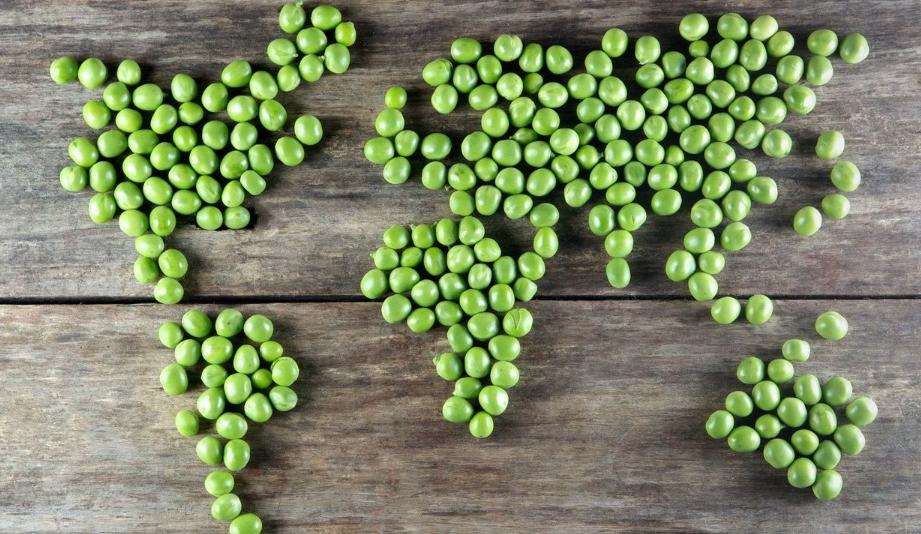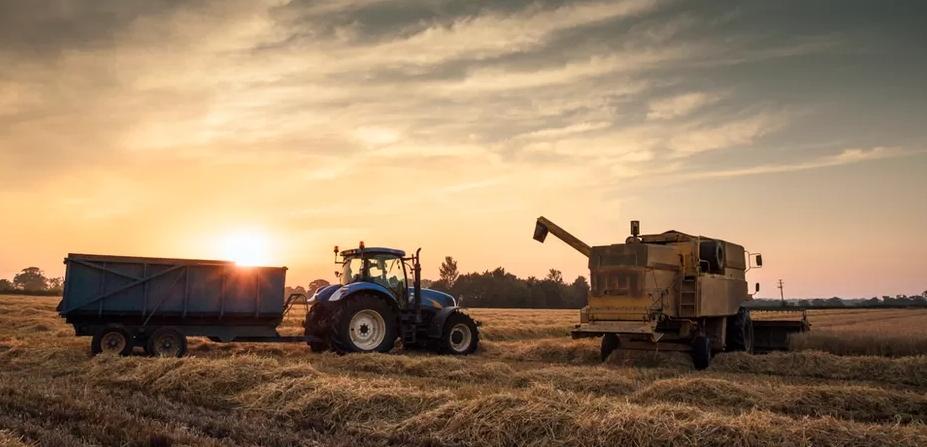Despite significant progress in the development of agricultural technologies and techniques, a lot of manual labor remains in this industry. The coronavirus pandemic and border closures have highlighted this problem especially sharply when farmers in developed countries are faced with a shortage of seasonal labor from poor countries. According to British engineers, robotics and artificial intelligence should help in the processing of fields and greenhouses
According to sources, a consortium has been organized in England that plans to create robots for monitoring and processing crops. The consortium is formed by two startups – the robotic Small Robot Company and the computer vision specialist Cosmonio, as well as the Crop Health and Protection (CHAP) center and two agricultural contractors. The project is partially financed by the Innovate UK SMART Foundation.
The first development of the group of companies will be the SlugBot robot for automatic monitoring and collection of slugs without chemical treatment. These pests are able to quickly destroy seedlings and crops, and combating them with the help of chemistry is ineffective and very costly. Therefore, in the fight against slugs, there is a lot of manual labor; automation of this process will help preserve the harvest and reduce its cost.
The first phase of the SlugBot project will focus on developing the ability to detect slugs using artificial intelligence, including using multispectral imaging. At the second stage, the use of hyperspectral images will begin with the launch of the SRC “Tom” robot in the field. In a greenhouse environment, robotic imaging systems for slugs and materials on the ground will be tested this fall, and field tests will begin next spring to detect slug infestations.
In addition, SRC is developing a Dick robot that will spot spray and weed plants affected by diseases and pests. The Dick robot will test non-chemical weeding this year with the launch of the commercial service in fall 2021. The long-term plan is to ensure the care and protection of arable crops by robotic platforms, including the control of all pests and diseases, as well as accurate planting. As the developers said: “Our robots are the tractors of the future.”
